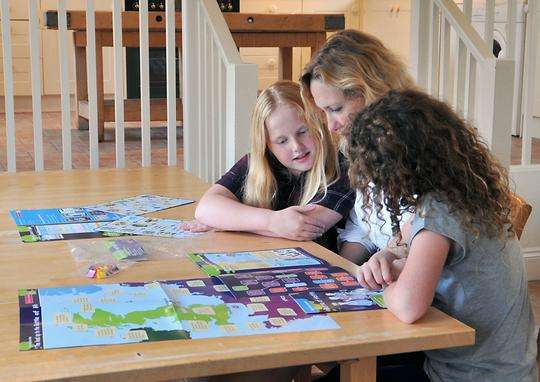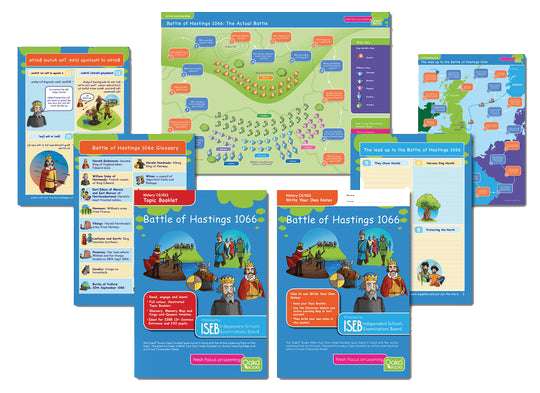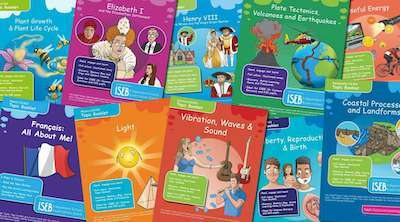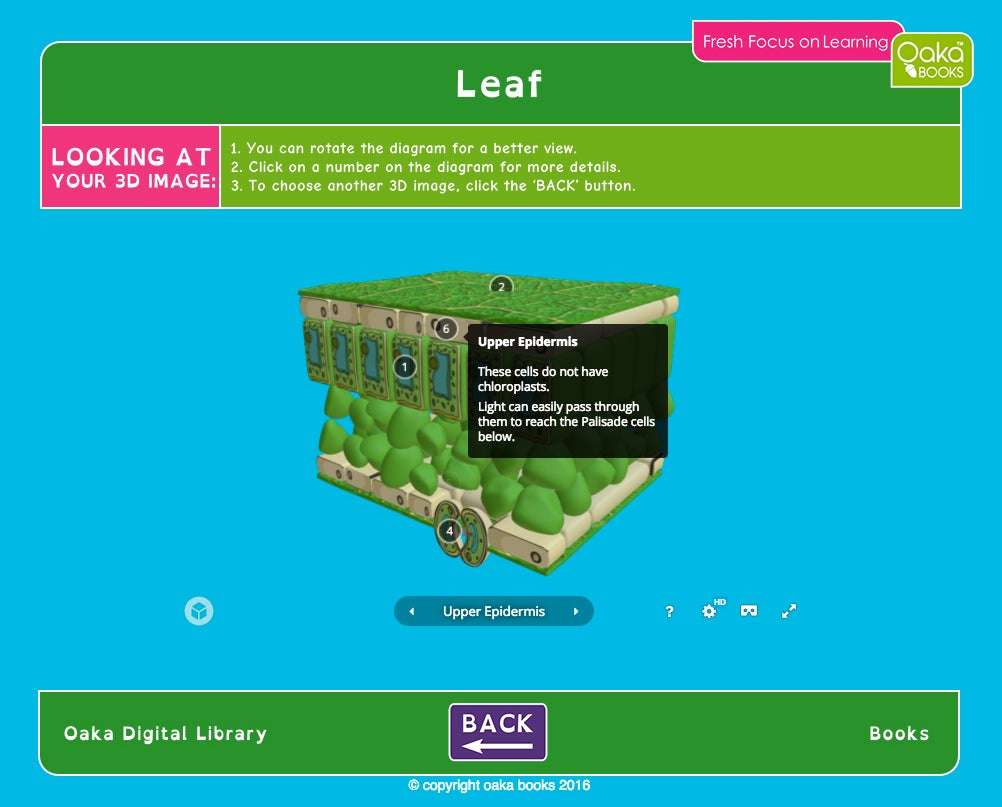Imagine this: it’s a quiet Sunday afternoon, and you’re sitting at the kitchen table with your child. The table is cluttered with textbooks, notebooks, and stray pieces of paper filled with hastily scribbled notes. Your child, overwhelmed, is struggling to make sense of it all. As a parent of a child with special educational needs (SEN), you know that staying organised is crucial, yet finding a way to bring order to the chaos can feel like an insurmountable challenge.
This scenario is all too familiar for many parents navigating the educational journey with their SEN children. The good news is that there is a practical tool that can transform this chaotic scene into a structured and manageable one: a revision timetable template. In this article, we will explore how using a revision timetable template can help your child stay organised, reduce anxiety, and ultimately achieve their academic goals.
Table of Contents
Understanding the Importance of a Revision Timetable
Why a Revision Timetable Matters
For children with SEN, structure and predictability are not just helpful—they’re essential. A revision timetable provides a visual and systematic way to manage study time, making the process less daunting and more achievable. Think of it as a roadmap that guides your child through their revision journey, with clear milestones and rest stops along the way.
Managing Time Effectively
Consider a revision timetable as a jigsaw puzzle. Each piece represents a segment of time dedicated to a specific subject or activity. When all the pieces are put together, they form a complete picture of your child’s study plan. This not only helps in managing time effectively but also ensures that each subject gets the attention it needs. By breaking down their revision into smaller, manageable chunks, your child can avoid the burnout and frustration that often come with last-minute cramming.
Reducing Anxiety
Imagine trying to navigate a city without a map. The uncertainty and constant guessing would likely lead to anxiety and confusion. Similarly, for SEN children, the uncertainty of what to study and when can be a significant source of stress. A revision timetable acts as a reassuring guide, outlining exactly what needs to be done and when. This clarity can significantly reduce anxiety, providing your child with a sense of control and confidence in their studies.
Encouraging Independent Learning
A well-structured revision timetable empowers your child to take charge of their learning. It fosters independence by allowing them to see what needs to be done and when, without constant reminders. This autonomy can boost their confidence and encourage a sense of responsibility towards their education.
Jamie’s Success Story
Take Jamie, for example, a bright and determined student with dyslexia. Jamie’s mother, Sarah, struggled to find ways to help him manage his study time effectively. After implementing a revision timetable, Sarah noticed a remarkable change. Jamie began to approach his studies with more confidence and less anxiety. The clear structure and regular breaks helped him stay focused and motivated. Over time, Jamie’s academic performance improved, and he developed a newfound sense of independence in his learning.
By understanding the importance of a revision timetable, you can better support your child’s educational journey.
In the next section, we will delve into the key components of an effective revision timetable template, providing you with practical tips and strategies to create one tailored to your child’s unique needs.
Key Components of an Effective Revision Timetable Template
Clear and Simple Layout
The foundation of an effective revision timetable is its layout. Imagine a well-organised bookshelf where each book is easy to find and access. Similarly, a clear and simple layout for the timetable makes it easy for your child to see what they need to do at a glance. Each day and week should be divided into distinct blocks of time, with subjects and activities clearly marked.
Balanced Mix of Subjects and Activities
Think of the timetable as a balanced diet for the brain. Just as a healthy meal includes a variety of nutrients, a well-rounded timetable should incorporate different subjects and types of activities. This prevents monotony and keeps your child engaged. For instance, mixing challenging subjects with lighter, more enjoyable ones can help maintain motivation and prevent burnout.
- Academic Subjects: Core subjects like Maths, English, and Science should be interspersed throughout the week.
- Creative Activities: Incorporate activities like drawing, music, or physical exercise to provide mental breaks and stimulate different parts of the brain.
- Breaks and Rest Periods: Scheduled breaks are crucial. Imagine a marathon runner; they need to rest and hydrate at intervals to maintain their stamina. Similarly, regular breaks help your child stay refreshed and focused.
Customisation for Individual Needs
Every child is unique, and their revision timetable should reflect this individuality. Customising the timetable to suit your child’s specific needs can make a significant difference. For instance, if your child struggles with reading, you might allocate more time for English or integrate assistive technologies to support their learning.
Example: Customisation for Dyslexia
Consider Emma, a student with dyslexia. Her parents noticed she struggled with reading-intensive subjects. They customised her timetable by:
- Allocating additional time for reading and comprehension.
- Using coloured overlays and larger fonts to make reading easier.
- Incorporating audio books and interactive learning tools.
This tailored approach helped Emma tackle her reading challenges more effectively, leading to noticeable improvements in her performance.
How to Create and Implement a Revision Timetable
Assessing Your Child’s Learning Needs and Subjects
Before diving into creating a timetable, it’s essential to assess your child’s learning needs. This is akin to a gardener understanding the specific needs of each plant in their garden. Take time to identify the subjects your child finds most challenging and those they enjoy. This assessment will help you allocate appropriate time and resources.
Setting Realistic and Achievable Goals
Setting goals is like plotting points on a map for a journey. These goals should be realistic and achievable, providing a clear direction and milestones to work towards. For example, if your child is preparing for a history exam, set specific goals such as “complete revision of World War II by Tuesday.”
Designing the Timetable Using a Template
Now comes the creative part—designing the timetable. Using a template can simplify this process, providing a structured framework that you can customise. Start by:
- Blocking out fixed commitments (e.g., school hours, extracurricular activities).
- Allocating time for each subject based on the earlier assessment.
- Ensuring a balance of academic work and leisure activities.
Involving Your Child in the Planning Process
Including your child in the planning process is crucial. It’s like involving them in planning a family vacation; their input and preferences can lead to a more enjoyable and effective experience. Sit down with your child and discuss their preferences for study times, subjects they want to tackle first, and their preferred break activities. This collaboration can enhance their commitment to the timetable.
Regularly Reviewing and Adjusting the Timetable
A revision timetable is not set in stone; it should be flexible and adaptable. Regularly review the timetable to ensure it remains effective. If certain subjects need more time or if the workload feels too heavy, make necessary adjustments. Think of it as tuning a musical instrument—regular adjustments keep it in harmony.
Example: Collaborative Planning
Take the case of Tom and his mother, Lisa. Tom has ADHD, and maintaining focus is a significant challenge. Lisa involved Tom in the planning process, allowing him to choose the order of his subjects and select his break activities. They also included regular check-ins to discuss what was working and what needed adjustment. This collaborative approach not only improved Tom’s focus but also made him feel more in control of his learning.
By following these steps, you can create a revision timetable that is both effective and tailored to your child’s unique needs, helping them stay organised and motivated throughout their studies.
Benefits of Using a Revision Timetable Template
Improved Academic Performance
Think of a revision timetable as a compass guiding your child through the academic wilderness. By providing clear direction and structure, it helps them focus on what’s important, making their study time more efficient and productive. Regular, organised revision can lead to better understanding and retention of material, ultimately improving academic performance.
Enhanced Time Management Skills
A well-structured timetable teaches valuable time management skills. It’s like a personal coach, helping your child learn how to allocate time effectively and prioritize tasks. These skills are not only beneficial for their current studies but will also serve them well throughout their life, fostering independence and self-discipline.
Better Work-Life Balance
Maintaining a balance between study and leisure is crucial, especially for SEN children who might feel overwhelmed easily. A revision timetable ensures that there is time allocated for breaks and fun activities, promoting a healthier work-life balance. Imagine it as a well-designed playground where there’s time for both intense exercise and restful swings.
Conclusion
Using a revision timetable template can be a game-changer for children with special educational needs. It transforms chaos into order, providing a clear roadmap that helps manage time effectively, reduces anxiety, and fosters independence. By incorporating a balanced mix of subjects and activities, and customising the timetable to suit individual needs, parents can support their children in achieving their academic goals.
By following these guidelines and using the revision timetable templates, you can help your child stay organised, motivated, and confident in their studies. Remember, every small step towards better organisation can lead to significant improvements in their academic journey.





